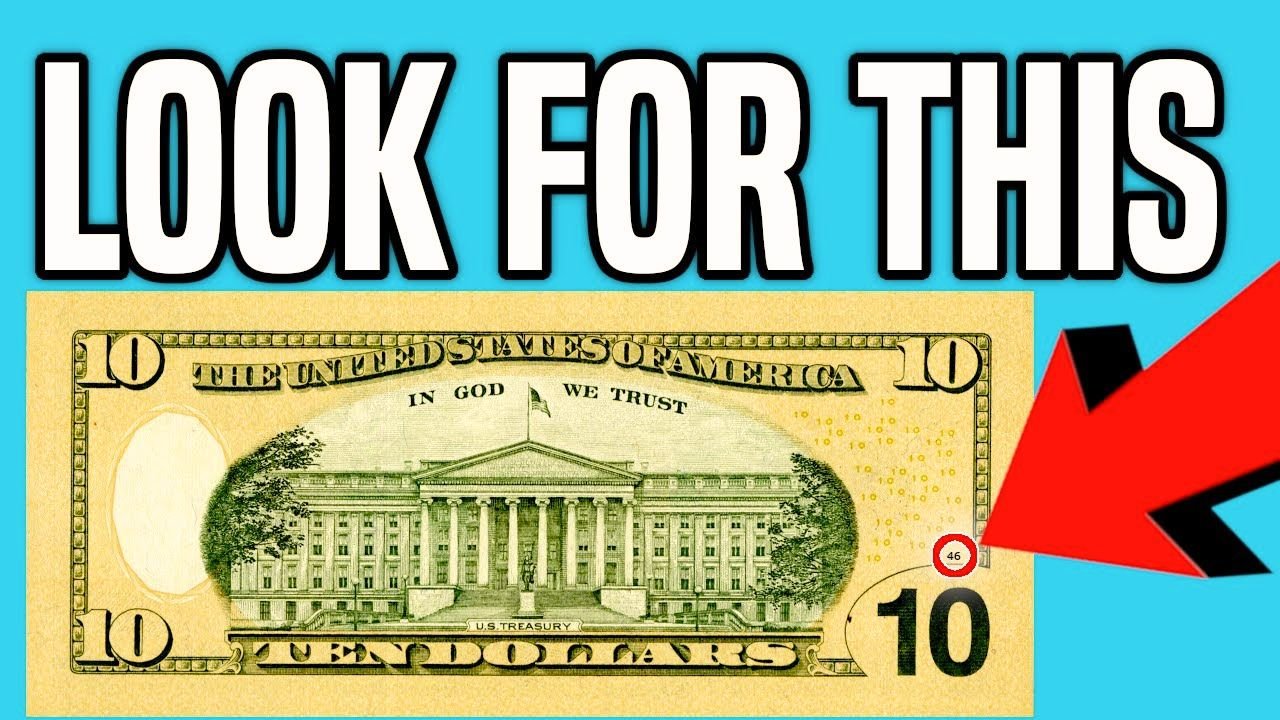A $10 Bill That’s a Treasure
A $10 bill recently sold for an eye-popping $70,500 at an auction, grabbing the attention of collectors and regular folks alike. This 1933 series Federal Reserve Note has a rare double denomination error, where it was mistakenly printed with details of a $5 bill on one side. This kind of mistake is super rare and makes the bill a hot item for collectors. The news has people across the country checking their wallets, hoping to find a similar gem tucked away in their cash.
Why Is This Bill So Valuable?
A double denomination error happens when a bill is printed with the wrong denomination on one side. In this case, the $10 bill had the front of a $5 bill, creating a unique mismatch. The U.S. Bureau of Engraving and Printing rarely lets such errors slip through, making these bills incredibly scarce. The $10 bill sold at auction was in great condition, which boosted its value even more. Collectors love these errors because they’re one-of-a-kind pieces of U.S. currency history, driving up demand and prices.
Auction Excitement and High Bids
The bill was sold at a Stack’s Bowers auction, a top name in rare currency sales. Bidding started slowly but heated up as collectors realized the bill’s rarity. The final price of $70,500 went to an anonymous buyer, setting a strong benchmark for double denomination errors. Experts say similar error bills have sold for $30,000 to $100,000, depending on the year and condition. This sale has sparked a wave of interest, with people digging through their cash to find a potential treasure.
How to Spot a Double Denomination Bill
Checking for a double denomination error is simple but needs a careful eye. Here’s a guide to help you spot one:
| Step | Action |
|---|---|
| 1 | Look at the denomination on both sides of your $10 bill. |
| 2 | Check if one side shows a different denomination, like $5. |
| 3 | Compare the design details, such as portraits or colors, for mismatches. |
| 4 | Get the bill appraised by a professional if you suspect an error. |
Keep the bill safe to avoid damage, as condition is key to its value.
Could You Be Holding a Fortune?
The $70,500 sale has everyone buzzing, with people searching their wallets and cash drawers. While finding a double denomination bill is like finding a needle in a haystack, it’s not impossible. The U.S. prints billions of bills each year, and mistakes happen now and then. Older bills, especially from the 1930s to 1950s, are more likely to have valuable errors. Even a worn error bill could be worth thousands, so it’s worth checking your cash.
What to Do If You Find One
If you think you’ve found a double denomination bill, don’t spend it. Contact a trusted currency dealer or auction house for an appraisal. Groups like the Professional Currency Dealers Association can help you find experts. Here’s a quick guide for next steps:
| Action | Resource |
|---|---|
| Appraisal | Contact Stack’s Bowers or Heritage Auctions |
| Verification | Visit a local currency dealer |
| Research | Check the Professional Currency Dealers Association website |
Your $10 bill could be worth a fortune, so grab your wallet and start checking today.
